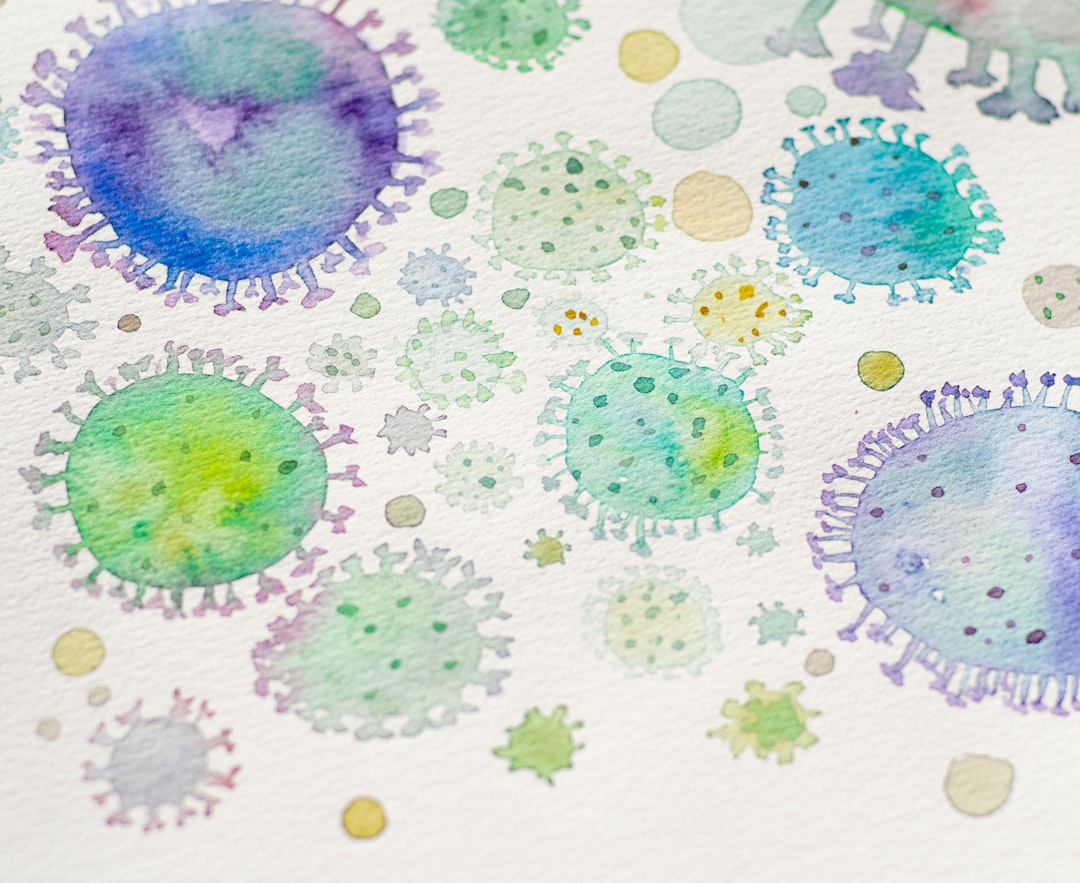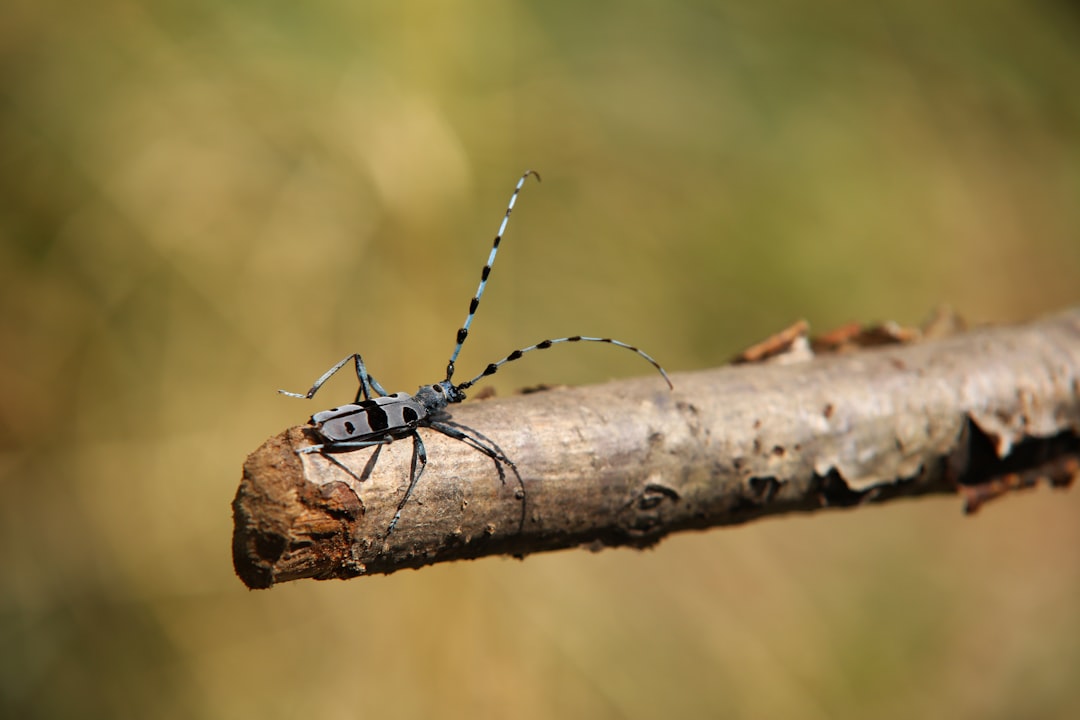What is it about?
This article describes a new species of Neotropical cichlid fish of the genus Gymnogeophagus, from the Middle Paraná basin, in Misiones, Northwestern Argentina. This region is a hot spot of endemism. This species stands out for the remarkable coloration of the males, with an intense blue coloration on the body and a strong red tone on the unpaired fins that have iridescent blue dots with white edges. This species is closely related to other species with an adjacent distribution: G. caaguazuensis from the Paraguay basin and Gymnogeophagus australis from the lower Paraná and Uruguay basins.
Featured Image

Photo by Mario La Pergola on Unsplash
Why is it important?
The new species comes from a highly endemic area, which reinforces the importance of conserving this region and its aquatic environments. It also gives a new perspective on the evolution of fish in the La Plata basin, providing new biogeographic evidence on the distribution and relationship of the species in it, providing a better resolution of the phylogenetic relationships of the species within this genus and providing a better framework to understand the evolution of this group and to study characteristics such as their behavior, anatomy, physiology and ecology.
Perspectives
This finding shows that there are still many unknown fish species in the Neotropics and highlights the need for more research in this region where various threats to biodiversity conservation are also observed. Many species are disappearing before we know about them, so we are in a race against time to document and study this diversity and try to protect it before it disappears. It is not an encouraging panorama but at the same time it gives us double the motivation to continue with this type of study.
Felipe Alonso
National Scientific and Technical Research Council (CONICET)
Read the Original
This page is a summary of: Description of a new species of the Neotropical cichlid genus Gymnogeophagus Miranda Ribeiro, 1918 (Teleostei: Cichliformes) from the Middle Paraná basin, Misiones, Argentina, PLoS ONE, February 2019, PLOS,
DOI: 10.1371/journal.pone.0210166.
You can read the full text:
Contributors
The following have contributed to this page










